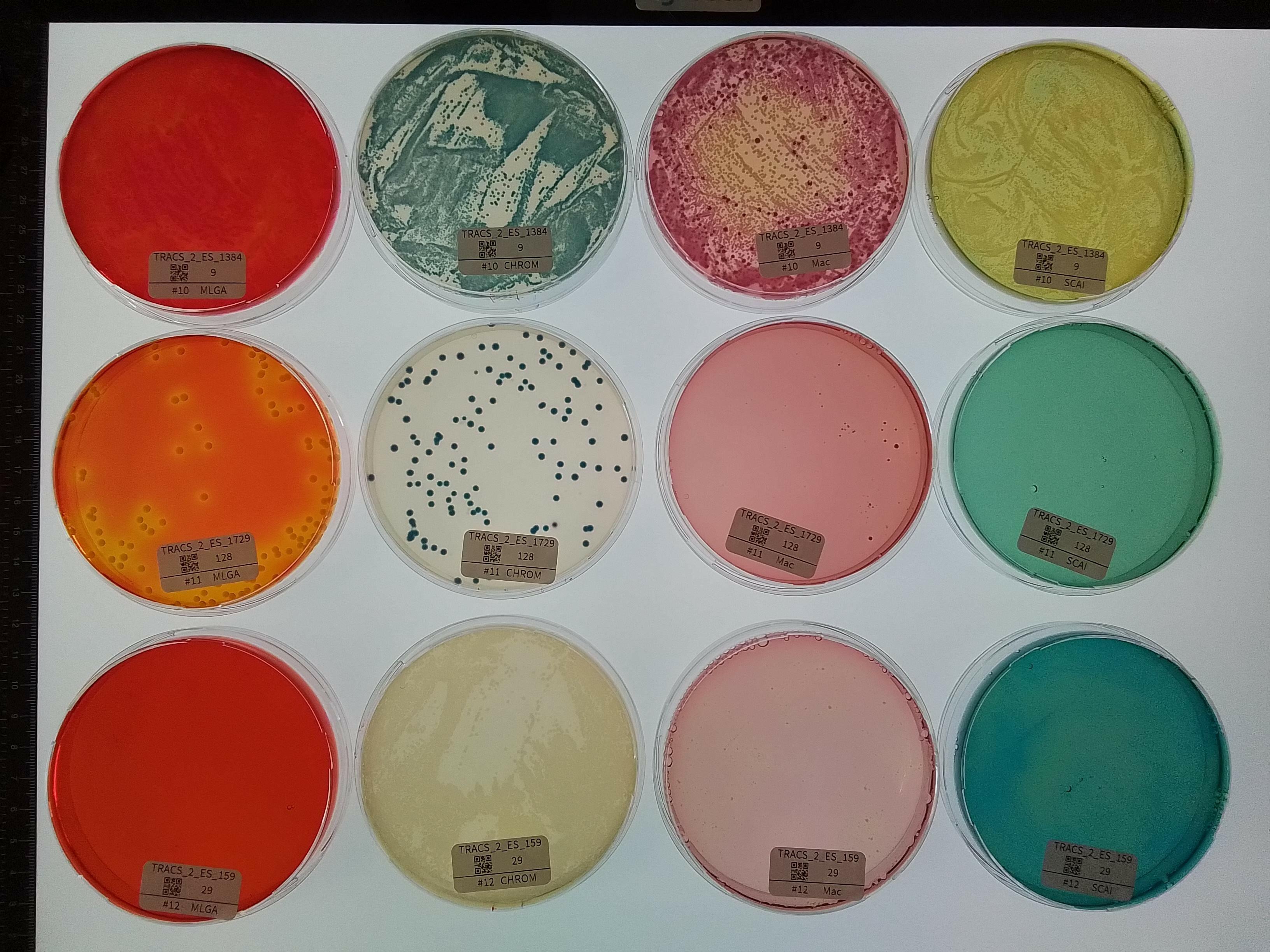
Antibiotic resistance is a major global public health challenge, however resistance can wane over time when drug use is limited or discontinued. A new study led by researchers at Liverpool School of Tropical Medicine has explored the genetic changes in bacteria that explain this drop in resistance.
The study found that small, stable changes to the genomes of bacteria such as Escherichia coli (E. coli), led to them becoming susceptible once more to chloramphenicol, an antibiotic that was replaced in healthcare settings in Malawi in 2004.
The effects of drug-resistant infections are particularly severe in low- and middle-income countries, so there is an urgent need to find effective antibiotic treatments.
The new findings suggest that chloramphenicol could once again be a treatment option for some critically ill patients in Malawi with confirmed multidrug-resistant bacterial infections, where resistance to replacement antibiotics is now a significant issue, and potentially in other countries where newer antibiotics are not readily available. This would need to be carefully stewarded as chloramphenicol can have rare but serious side effects, and to prevent the re-emergence of resistance to the drug.
Promisingly, the findings also highlight how antibiotic susceptibility can re-emerge following reduction in the use of an antibiotic, and particularly draws attention to the complexity of predicting resistance based on genetic information alone. Previous studies had shown that the bacteria appeared to still carry genes that would normally cause resistance to the antibiotic.
Dr Fabrice Graf, Lecturer at LSTM and lead on the study published in Nature Communications, said: “Drug-resistant bacterial infections were estimated to be associated with almost five million deaths in 2019, with sub-Saharan Africa being the worst affected region. There is therefore an urgent need to find new or repurposed antibiotics that are effective against life-threatening infections, in addition to improved infection prevention and control measures.
“In Malawi and other low income settings there is only a limited group of antibiotics available, so infections with bacteria resistant to these are often untreatable. Re-emerging susceptibility to this ‘old antibiotic’ is therefore important as it can be a valid treatment alternative for otherwise untreatable infections.”
The study also involved researchers from the Malawi-Liverpool-Wellcome Programme, a partnership involving LSTM, Kamuzu University of Health Sciences in Malawi, University of Liverpool and Wellcome, University of Queensland in Australia and the Universities of Nottingham Trent, Liverpool and St Andrews in the UK.
The findings build on previous research by LSTM/MLW that first reported the reduction in the resistance to chloramphenicol.